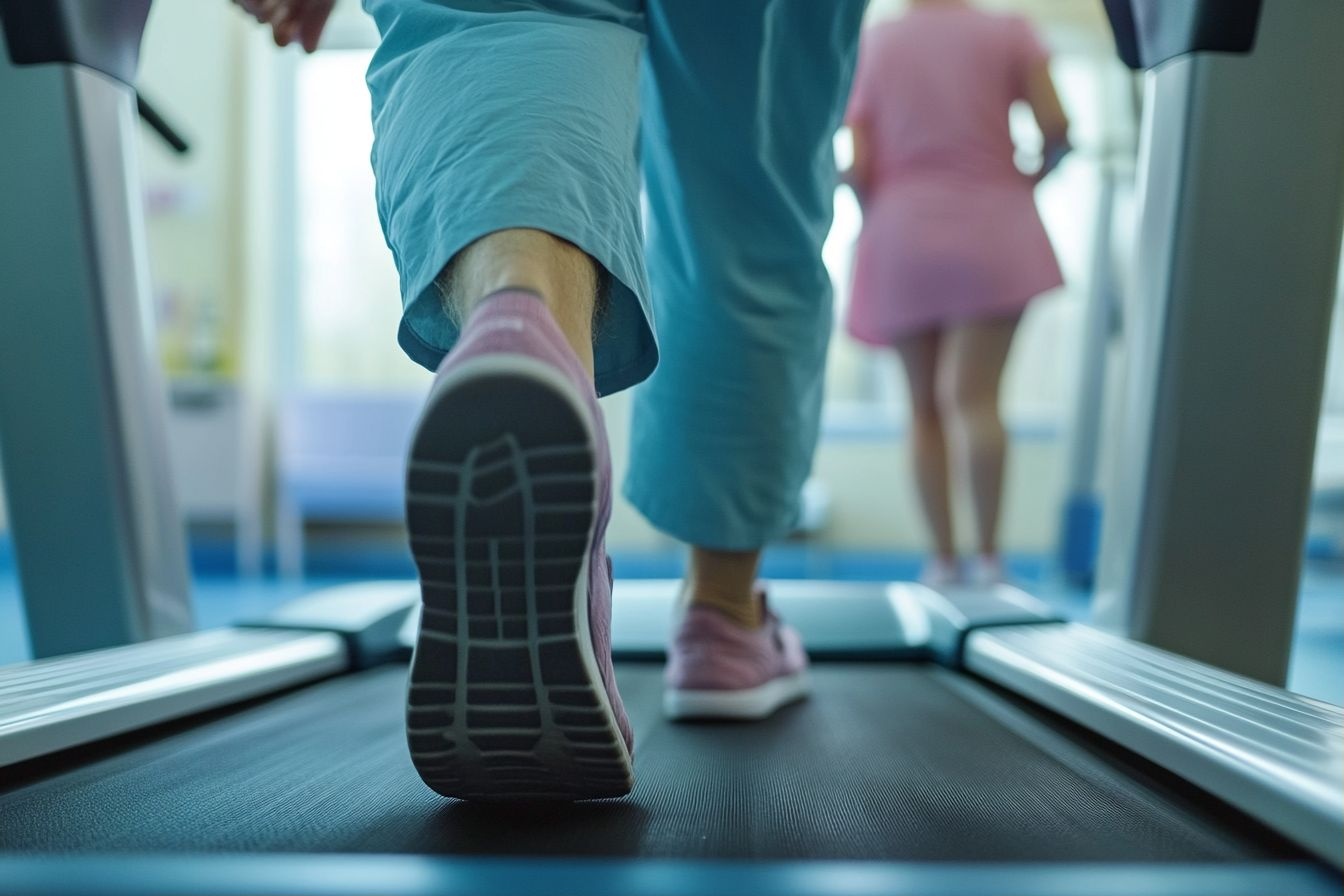Smart Insoles: Everyday Biomechanics for Better Health
Could your shoes be the missing link in pain relief and daily energy? Modern smart insoles sense movement and give real-time feedback to nudge posture and gait. They combine biomechanics, sensors, and coaching into ordinary steps. Early science shows improvements in gait mechanics, balance, and joint load. This article maps that emerging future clearly and practically today.

From Orthotics to Smart Insoles: A Brief History
Human efforts to change foot mechanics for health date back centuries. Simple sandals and corrective shoes were early attempts to redistribute pressure and reduce pain. In the 20th century, custom orthotics and biomechanical labs emerged to diagnose and treat structural issues; clinicians relied on static molds, observational gait analysis, and force plates. The digital era shifted that model. Miniaturized pressure sensors and inertial measurement units (IMUs) began appearing in the 2000s, enabling continuous measurement outside the lab. Over the last decade, machine learning applied to gait data allowed devices to classify walking patterns and detect deviations linked to injury or disease. The newest generation of smart insoles pairs measurement with real-time haptic, audio, or visual feedback and cloud-based analytics, moving from passive support toward active behavioral coaching built into footwear.
How Smart Footwear Senses and Responds
Smart insoles usually combine pressure sensors, accelerometers, and gyroscopes to capture step timing, loading distribution, foot strike pattern, and balance metrics. Algorithms translate raw signals into actionable metrics such as cadence, pronation angle, and center-of-pressure trajectory. Feedback can be delivered via gentle vibrations, smartphone cues, or paired wearables to prompt subtle corrections—wider steps for stability, reduced medial loading for knee offloading, or increased ankle push-off to engage certain muscle groups. Advances in edge computing allow immediate feedback without cloud latency, while anonymized cloud datasets enable personalization through pattern recognition. Importantly, clinical-grade devices undergo calibration against laboratory force plates and motion capture; when validated, they bring objective biomechanics into daily life, enabling longitudinal tracking that single clinical visits cannot.
Clinical Evidence: Pain, Balance, and Metabolic Effects
A growing body of research supports the potential of gait feedback for clinical outcomes. Randomized and controlled studies have shown that real-time movement feedback can reduce harmful joint loading patterns implicated in knee osteoarthritis and patellofemoral pain, at least in the short term. Gait retraining protocols using wearable feedback have produced measurable reductions in medial knee contact forces and improvements in pain and function in small trials. For older adults, balance-focused insoles with vibration cues or audio prompts have improved postural sway and reduced fall risk factors in controlled studies, suggesting a role for fall-prevention strategies.
Regarding energy and metabolic effects, evidence is more preliminary. Laboratory studies reveal that altering stride mechanics or encouraging increased ankle push-off modifies muscle activation patterns and can slightly raise metabolic cost in controlled settings. That suggests a theoretical path to modest increases in daily energy expenditure if interventions are sustained, but large-scale, long-term trials demonstrating meaningful weight or metabolic improvements are not yet established. Overall, the strongest evidence today supports pain reduction, gait symmetry improvements, and balance enhancement, while metabolic benefits remain an active area of research.
Who Benefits Most and How to Use Smart Insoles
Smart insoles may be valuable across several groups. People recovering from lower-limb injuries can use guided gait retraining to reduce compensatory loads and accelerate functional recovery. Individuals with chronic knee or hip pain may gain from devices that reduce injurious loading patterns when combined with therapy and strength training. Older adults at risk of falls can use balance-oriented feedback during daily walking to improve stability. Athletes may employ smart insoles to refine technique, reduce asymmetries, and prevent overuse injuries.
Practical use recommendations rooted in research-driven practice include: begin with a baseline biomechanical assessment guided by a physical therapist or podiatrist; choose validated devices with published accuracy data; integrate gait feedback with a structured exercise program—especially hip and ankle strengthening—to convert improved mechanics into durable changes; and use feedback intermittently to avoid dependency, gradually reducing cueing as motor learning consolidates. Typical retraining programs in studies range from a few sessions to several weeks; clinicians commonly target progressive exposure and functional carryover rather than continuous lifetime cueing.
Limitations, Risks, and the Road to Reliable Use
Smart insoles are promising but not panaceas. Technical limitations include sensor drift, variability between shoe types, and algorithm errors when classifying complex movements. Many commercial products lack independent validation, so device selection matters. Behavioral challenges include user adherence, potential over-reliance on external cues, and the need to translate short-term gait changes into long-term neuromuscular adaptations. Ethical concerns center on data privacy, as continuous biometric monitoring generates sensitive information about mobility and health patterns. Clinically, smart insoles should complement, not replace, comprehensive assessment and exercise-based rehabilitation.
Research gaps remain. Larger randomized controlled trials with longer follow-up are needed to confirm sustained pain relief, function improvement, and any metabolic benefits. Comparative effectiveness studies should evaluate which feedback modes (vibration, audio, visual) and coaching strategies produce the most durable motor learning. As the technology matures, regulatory standards and best-practice validation frameworks will be essential to protect consumers and integrate these tools into standard care.
Implementing Smart Insoles: Practical Steps and Evidence-Based Guidance
Start by clarifying goals—pain reduction, balance improvement, athletic performance—and choose devices validated for those outcomes. Work with a clinician for baseline gait analysis and to tailor feedback targets (for example, reducing peak knee adduction moment or increasing step width). Adopt a phased approach: short supervised sessions (10–30 minutes) focused on motor learning twice weekly, supplemented by home use tied to functional tasks such as walking to the store or climbing stairs. Pair retraining with progressive strengthening of hips, ankles, and core to consolidate neuromuscular adaptations. Regularly reassess using objective metrics captured by the insole, and gradually taper external feedback as the new gait pattern becomes internalized. Track subjective outcomes—pain, confidence, perceived effort—alongside objective data to ensure meaningful progress.
Quick Practical Tips and Surprising Facts
-
Choose devices validated against lab standards; ask for published accuracy data.
-
Combine gait feedback with targeted strength programs; feedback without strength often yields temporary change.
-
Short, frequent sessions (10–20 minutes) optimize motor learning better than long, infrequent sessions.
-
Vibrotactile feedback is effective for balance cues; auditory cues may be more intuitive for cadence adjustments.
-
Smart insoles can detect early asymmetries; early correction may prevent overuse injuries in active people.
Smart insoles are an exciting frontier that brings biomechanics into everyday life, offering targeted support for pain reduction, balance improvement, and optimized movement. While early clinical evidence is promising—particularly for gait retraining and fall-risk reduction—long-term metabolic benefits need more study. When paired with validated devices, professional guidance, and a structured exercise plan, smart footwear can be a practical, research-informed tool for improving mobility and resilience in daily living.




